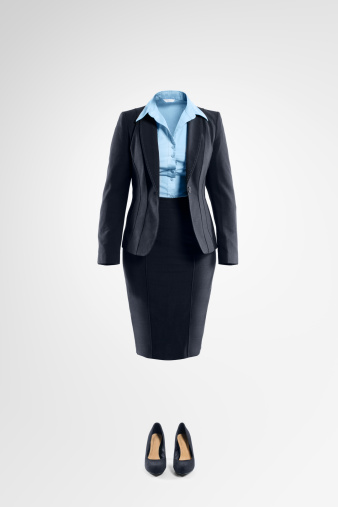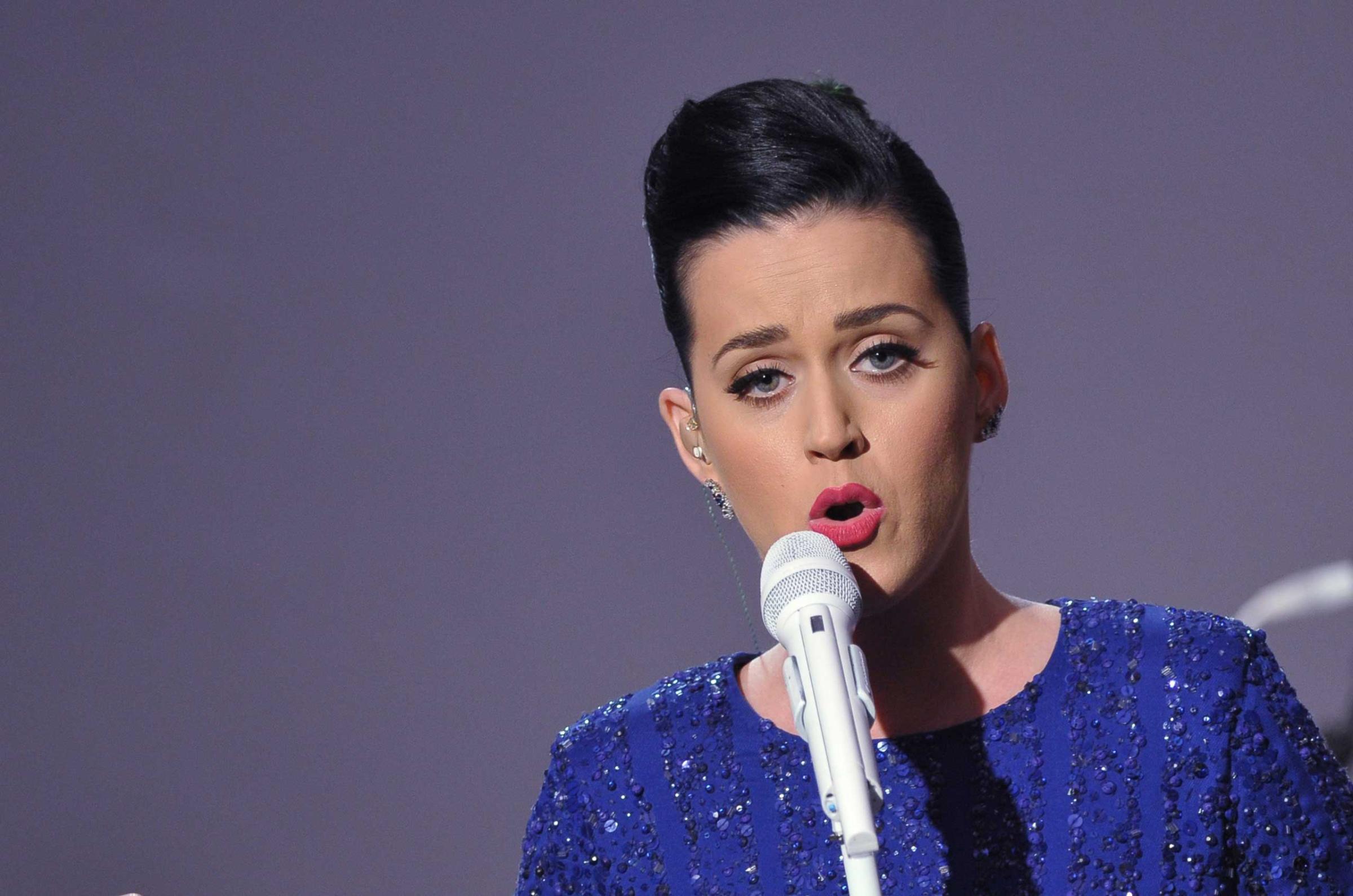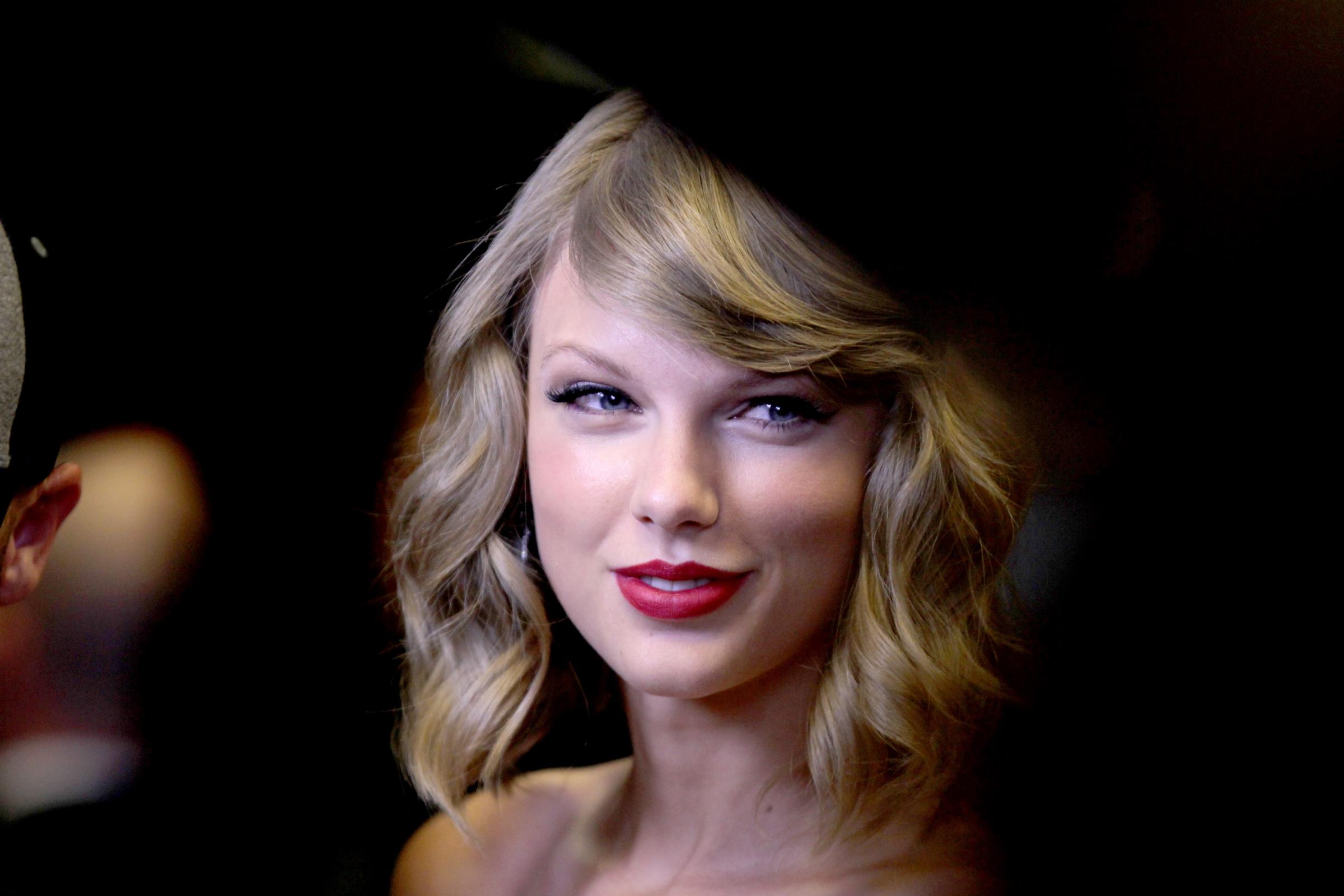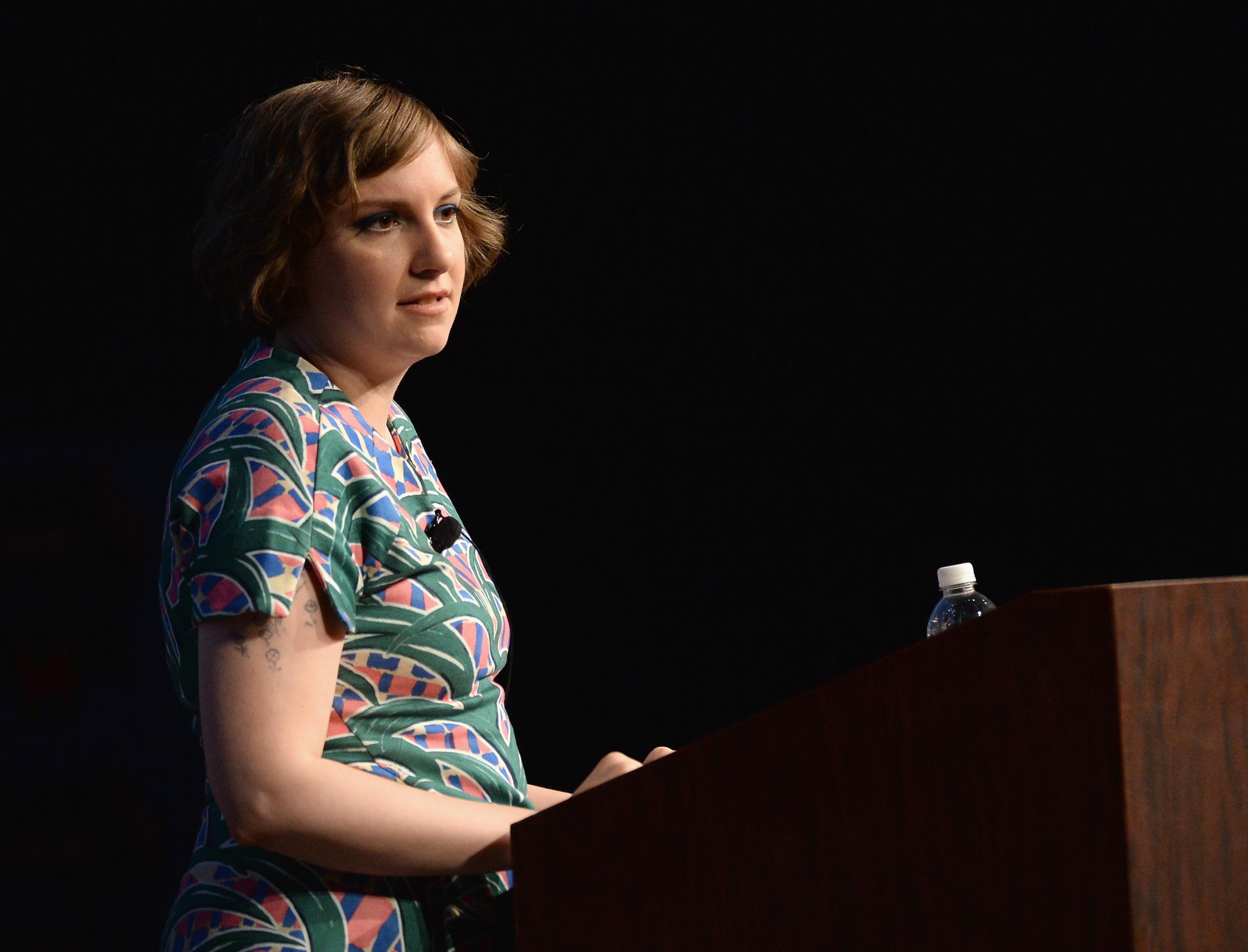

I used to email my sister before I’d change my profile picture on Facebook. I sent her the latest photo I was considering, and she’d tell me if it was okay or talk me out of shots in which my “intellectual side-gaze” read more like a vacant zombie stare.
At that time (my early 20s), I just wanted to look pretty without seeming like I was trying too hard. (Read: as hard as I was actually trying.) That was back before my perception of how I looked was further complicated by the opinions of people who had power over my career.
I co-created PhotoFeeler, a website that crowdsources first impressions of people in photos, with the best of intentions in late 2013. While the site handles all kinds of prospective profile pics now, our original focus was on LinkedIn photos. It was and still is a much-needed tool for job seekers, whose livelihood depends on making a positive professional impression.
Unfortunately, most women already feel they need to live up to many contradictory standards. Be smart, but not so smart that men feel you don’t need them. Be sexy, but without seeming like you know you’re attractive or appearing attainable. Be confident, but not so confident as to appear challenging.
“Looking professional” is yet another one of these contradiction-laden assignments — albeit one that rarely registers as discriminatory because the sexist thought behind it isn’t overt.
This was so clear to me recently when I came across a story about a young programmer who got turned down for a job because she was told her interview outfit — a black tee, red skater skirt, and long sweater — was “unprofessional” and more suited to “clubbing” than the office. When you consider the company she was interviewing for was a dressed-down startup where suits are frowned upon, the outfit seemed innocuous. Or so I thought, but the Internet largely seemed to disagree with endless tweets and blog comments arguing, “This is just not professional dress. Common sense. Duh.”
It’s easy to label something as unprofessional, which is no doubt why so many were quick to pile on this girl. It’s harder to pinpoint what “professional” means exactly or why we see “professional” and “unprofessional” as we do.
At first blush, one conjures up pictures of women’s business suits. But haven’t we all seen the “sexy secretary” look as well? If wearing a business suit alone doesn’t do it, what more does one need to know? While following “common sense” would be the popular advice, I think we need to decode the definition of “professionally” dressed.
Since I happen to run a website that crowdsources first impressions of people in LinkedIn photos, I know better than anyone that there are complexities to hammer out in terms of looking respectable as a woman. As they stand, I would define the ambiguous rules of traditional professional dress for women this way:
A woman must wear a version of the popular menswear (1), and it must fit her in a way that is feminine (2), without being sexually appealing (3).
1. Wear a version of menswear.
The fact is, we collectively understand menswear to be the definition of “professional.” But a woman who dresses “like a man” is found off-putting by her superiors according to research, so…
Here's What 20 Famous Women Think About Feminism





















2. Exude enough — but not too much — femininity.
Back in the day, elementary school taught us that the pronoun “he” is to be used by default, unless a person or thing is explicitly female. The idea is that “he” is neutral, whereas “she” carries feminine baggage. Clothing works this way too.
Menswear is neutral. “No-fail” work choices such as suit jackets, button-downs, and polo shirts all look and fit the same.
In womenswear, there’s no such thing as neutral. To make traditional men’s styles okay for a woman to wear, women’s clothing designers add feminine touches. Put just enough femininity into a piece and a woman appears “professional for a woman.” Get a smidge too feminine, and she risks veering into “ditzy” territory, or worse, becoming a sexy “distraction.”
So a woman can wear a pantsuit, but as Hillary Clinton can attest, she might be characterized as uptight or aggressive due to her masculine choice. Instead, she can swap in a pencil skirt, assuming she doesn’t look too attractive in it. If she does, she might be trivialized by her co-workers or called into an awkward talk with HR. If she wears a button-down blouse, she should be sure it’s not too boxy (as to look sloppy) but avoid it being too flattering to her figure.
Makeup is an additional burden in this area. Studies have shown that a woman who wears makeup is seen as more competent, but that effect is reversed if she wears “too much.”
Then there is the complication of heels. Wearing flats is often seen as sloppy and unprofessional for a woman, despite the fact that she is better able to physically function this way. At least a small heel is required to denote formality, but a too-high heel can become defamatory. Here, the balancing act is literal.
To add insult to injury, “just enough femininity” or “too much makeup” are standards that fluctuate according to every coworker and boss on earth, meaning a woman is open to scrutiny no matter what. This is not the case for a man, for whom the rules are incredibly clear-cut and obvious.
3. Don’t be sexually appealing.
Of course, women’s bodies are so varied in shape that an outfit deemed “appropriate” for one woman won’t be for another. A “busty” woman understands this better than anyone, because there is no item of clothing yet known that can make a large-chested, small-waisted woman look “put together” (or simply “not sloppy”) without reading as sexy at the same time. As it is, this woman may never get the respect she deserves at work.
Merely having a woman’s face and body to begin with means that the simple act of leaning on a table can also move the needle from “appropriate” to “sensual” in record speed. This is not the case for a man, whose features are not as readily translated this way, nor is he punished as severely when it happens.
All this to say, in doing my job, it’s disheartening to see the word “unprofessional” used like a get-out-of-jail-free card for discrimination. The reality is that pinning down exactly what one should wear to work isn’t a simple task for a woman.
Women seeking approval walk many precarious tightropes. Though looking professionally respectable is yet another one of these contradiction-laden assignments, I hope we can learn to exercise compassion for ourselves and sympathy for other women whose outfits don’t meet our precise ideals of professionalism.
If you judge a woman as “unprofessionally” dressed, remember that she’s doing the best she can in the face of ambiguous guidelines and the body she’s been given. Remember that she’s attempting to navigate the professional world while striving for the most honorable thing of all — staying true to herself.
Ann Pierce wrote this article for xoJane.
More Must-Reads from TIME
- Why Trump’s Message Worked on Latino Men
- What Trump’s Win Could Mean for Housing
- The 100 Must-Read Books of 2024
- Sleep Doctors Share the 1 Tip That’s Changed Their Lives
- Column: Let’s Bring Back Romance
- What It’s Like to Have Long COVID As a Kid
- FX’s Say Nothing Is the Must-Watch Political Thriller of 2024
- Merle Bombardieri Is Helping People Make the Baby Decision
Contact us at letters@time.com